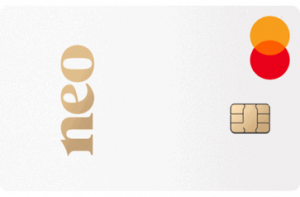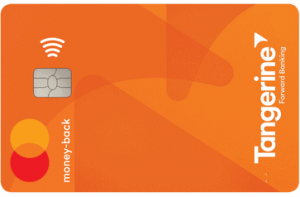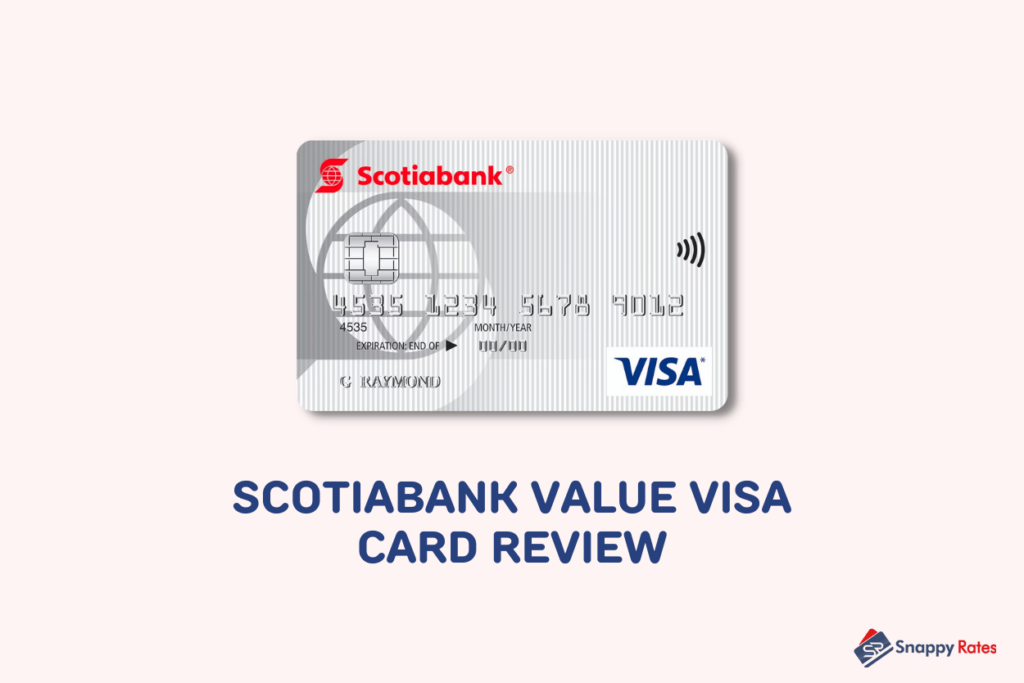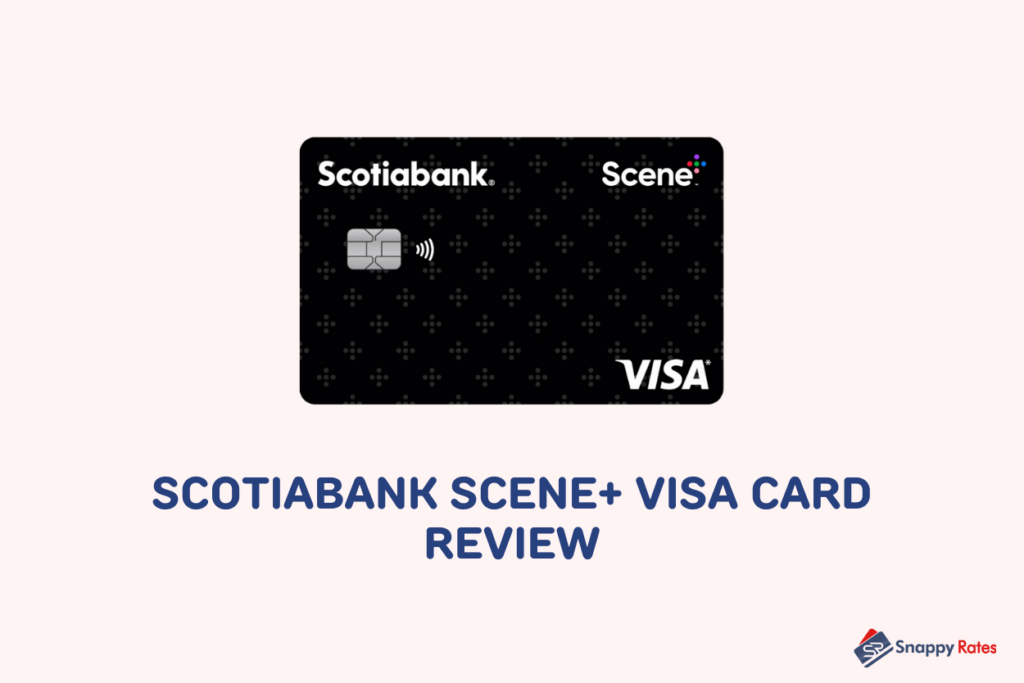If you have used a credit card, you might be familiar with the grace period.
But what exactly is a credit card grace period in Canada? How long is it, and what does it mean for you?
Here, we look into the details of credit card grace periods to give you all the information you need to know.
What is a Credit Card Grace Period?
The credit card grace period is the period for which you are not charged interest on your credit card balance.
Credit cards are not like normal loans; if you pay back the amount you borrow within the grace period, you don’t have to pay interest.
In Canada, the grace period is usually 21 days. If you want to know what the grace period is for your card, whether it’s a Capital One credit card grace period or a TD credit card grace period, you can find out before you apply.
However, the grace period only applies to purchases made using a credit card. It does not automatically apply to cash advances or balance transfers.
When you make a cash advance, you will start paying interest immediately.
How Does a Credit Card Grace Period Work?
The grace period does not start from the day your statement is due. This is a common misconception. Instead, it starts on the last day of your billing period.
From this day, you are not charged interest on purchases for the grace period.
If you do not pay back the full credit card balance, you will be charged interest dated back to the purchase date. In this situation, you lose the benefit provided by the grace period.
Credit Card Grace Period Example
It can be confusing to understand how it works, so look at the following credit card grace period example to give you a clearer idea.
Let’s say:
- You make a purchase of $500 on your credit card on June 1st.
- The billing cycle ends on June 15th.
- Your payment is due on July 5th, which is the day the grace period ends.
If you don’t want to pay any interest, simply pay off the balance by the due date.
But things get more complicated if you do not pay off your entire balance.
For example, let’s say you only pay off $400, leaving a $100 balance. In this case, you are charged interest on the entire $500 balance from the day of purchase (June 1st) to July 5th.
You are then charged interest on the remaining $100 balance going forward.
What Happens to the Grace Period If You Don’t Pay Your Balance?
The grace period becomes irrelevant if you do not pay your balance in full. You must pay off your whole balance in full to get the grace period back.
This can be a problem once you have stopped paying your balance in full because credit card interest rates are often quite high. The interest can quickly add up, making it harder to pay it back.
If this happens, you may want a low-interest credit card or a balance transfer credit card. You can then transfer your balance and pay less interest on it, making it easier to pay it off.
Are Banks Required to Give a Credit Card Grace Period?
All banks in Canada must provide a credit card grace period. Financial institutions that are federally regulated, including banks, must provide a grace period of 21 days or more.
FAQs
How long is the typical grace period for a credit card?
Grace periods for credit cards must be a minimum of 21 days. While they could be longer, 21 days is the standard time for most credit cards in Canada.
What happens if I am 2 days late on a credit card payment?
Even if you are two days late on paying your credit card balance, you will lose the benefit of the grace period. You can only enjoy the grace period when you pay your balance by the due date. You may also face other fees, and it could hurt your credit score.
What happens if my credit card payment is late by one day?
If your credit card payment is late by even one day, you will not be able to take advantage of the grace period. You will pay interest on your purchase and may also have to pay late fees. Your credit score might also be affected. Learn more about credit cards.
Related:







